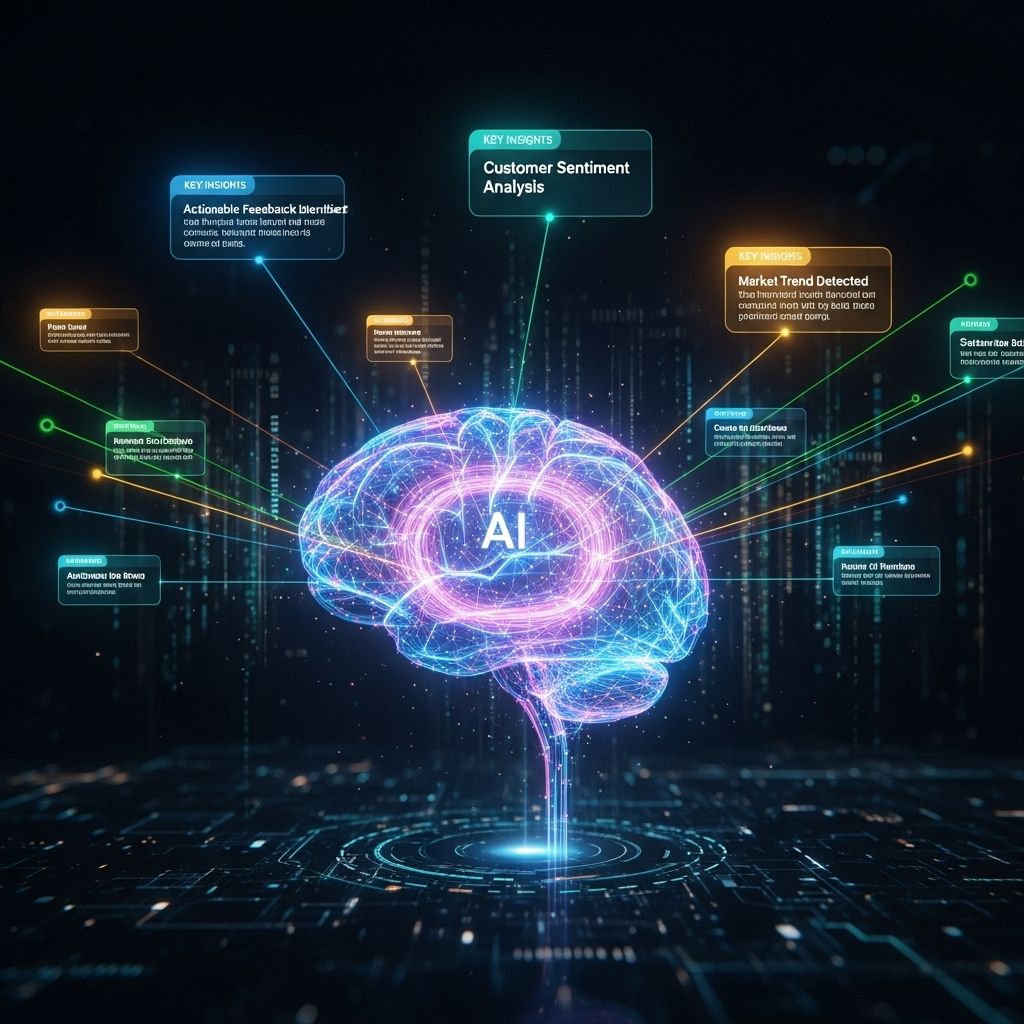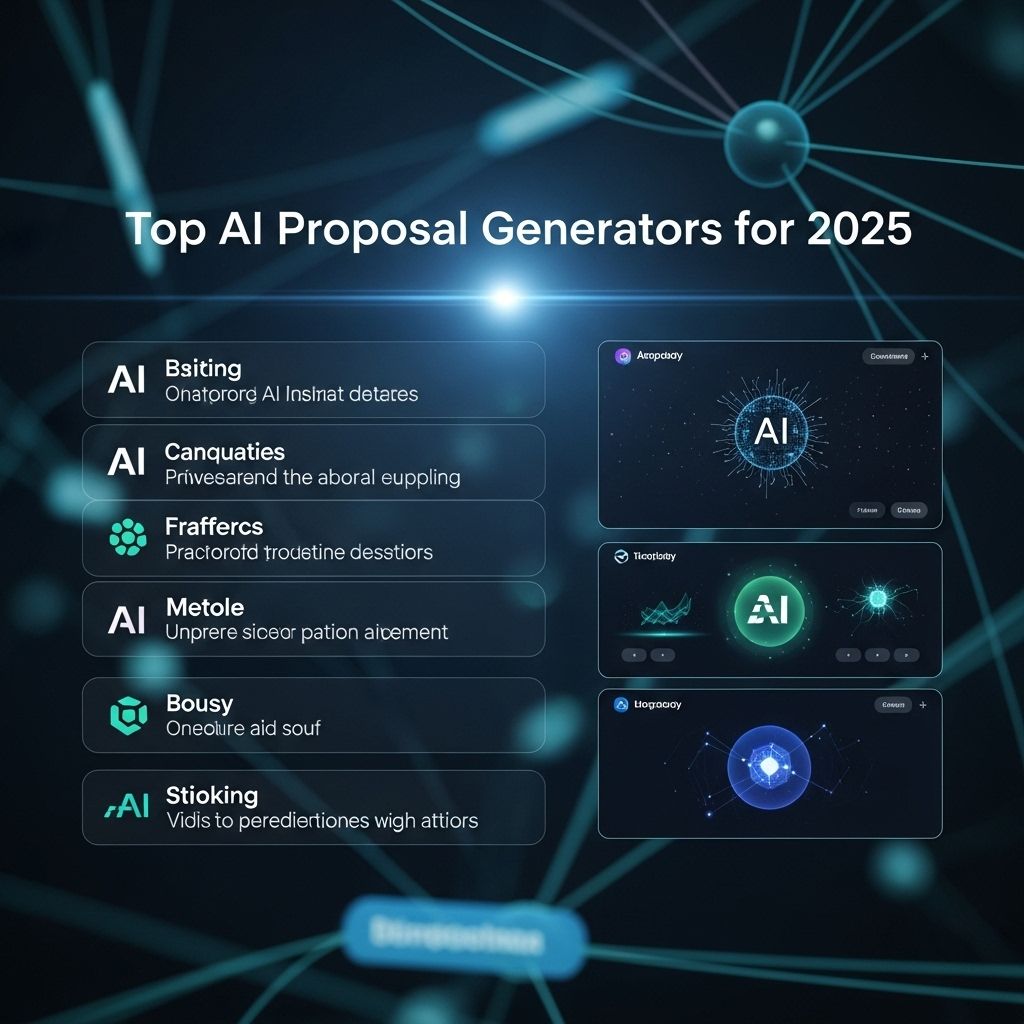Unlocking Key Insights with AI Transcription Tools
Discover how AI transcription can help you extract valuable insights from your audio and video content seamlessly and efficiently.

In an era where information flows faster than ever, the ability to extract key insights from spoken content is becoming crucial. Whether it’s a conference call, a seminar, or a podcast, AI transcription services are revolutionizing how we process audio data. This article delves into the intricacies of AI transcription, its benefits, and its implications for various industries.
Table of Contents
Understanding AI Transcription
AI transcription refers to the process of converting spoken words into text using machine learning algorithms and natural language processing (NLP). Unlike traditional transcription methods, which rely heavily on human transcribers, AI transcription leverages advanced technologies to deliver quick and accurate text representations of audio files.
How AI Transcription Works
The process typically involves the following steps:
- Audio Input: The system receives an audio file or live input.
- Preprocessing: The audio is cleaned and normalized to enhance clarity.
- Speech Recognition: AI algorithms identify words and phrases spoken in the audio.
- Text Generation: The recognized speech is transformed into text format.
- Post-Processing: Final edits are made to improve accuracy, including punctuation and grammar corrections.
The Advantages of AI Transcription
AI transcription offers numerous benefits over traditional methods, making it a preferred choice for many organizations.
1. Speed and Efficiency
AI transcription can convert hours of audio into text in a matter of minutes. This efficiency is particularly beneficial for:
- Live events where timely transcription is crucial.
- Podcasts and webinars that require quick turnaround for content distribution.
- Meetings needing immediate documentation for record-keeping.
2. Cost-Effectiveness
Employing AI transcription services can significantly reduce labor costs associated with manual transcription. This is especially advantageous for:
- Startups and small businesses with limited budgets.
- Companies that require regular transcription services.
3. Improved Accuracy
Modern AI transcription tools have advanced to a level where their accuracy rivals that of human transcribers. Innovations in machine learning help address common challenges such as:
- Accents and dialects.
- Background noise and audio quality.
- Technical jargon specific to certain industries.
Applications of AI Transcription
AI transcription has a wide array of applications across different sectors. Below are some notable use cases:
1. Business Meetings
Companies can use AI transcription to document meetings, ensuring all participants have access to accurate records. Key benefits include:
- Streamlined information sharing.
- Enhanced accountability with clear action items.
- Facilitated follow-ups and decision-making processes.
2. Education
Educational institutions are utilizing AI transcription to assist both teachers and students. This technology aids in:
- Creating transcripts of lectures for better accessibility.
- Providing study materials in text format for easier review.
- Supporting students with disabilities by ensuring inclusive learning environments.
3. Media and Entertainment
In media, transcription is vital for producing subtitles for videos, enhancing viewer understanding and engagement. Additionally, AI transcription can help:
- Generate content summaries for podcasts.
- Improve SEO rankings by providing text versions of spoken content.
4. Legal and Compliance
Transcribing legal proceedings, interviews, and depositions is critical for maintaining records in law. AI transcription ensures:
- Faster and more accurate production of legal documents.
- Reduced risk of human error in critical situations.
Challenges and Limitations
Despite its advantages, AI transcription is not without challenges. Some common limitations include:
1. Contextual Understanding
While AI is improving, it may struggle with understanding context, leading to inaccurate transcriptions in nuanced conversations.
2. Language and Dialect Variations
Not all AI transcription services support every language or dialect, which can limit usability in multicultural settings.
3. Reliance on Technology
Over-reliance on AI transcription can lead to complacency in critical listening and note-taking skills among professionals.
Choosing the Right AI Transcription Service
With numerous AI transcription services available, selecting the right one for your needs is essential. Here are some factors to consider:
1. Accuracy Rate
Evaluate the service’s accuracy rate through user reviews and trial runs.
2. Supported Languages
Ensure the service supports the languages and dialects relevant to your needs.
3. Integration Capabilities
Check if the service integrates with your existing workflows and tools, such as project management software and communication platforms.
4. Pricing Structure
Understand the pricing model—whether it’s pay-per-use, subscription-based, or tiered pricing—and choose one that fits your budget.
Future of AI Transcription
The future of AI transcription is promising, with ongoing advancements poised to enhance user experience further. Key trends to watch include:
- Real-Time Transcription: Increasingly, services are offering live transcription capabilities, allowing for immediate access to spoken content.
- Enhanced Customization: Users may soon be able to customize transcription styles and preferences for improved results.
- Multimodal Integration: Future tools might incorporate visual context, enabling users to reference images or slides alongside transcriptions.
Conclusion
AI transcription is a transformative technology that is reshaping how we process and utilize spoken content. By embracing its advantages and understanding its limitations, individuals and organizations can harness its potential to drive productivity and improve communication. As the technology continues to evolve, staying informed about advancements will be key to leveraging AI transcription effectively.
FAQ
What is AI transcription?
AI transcription refers to the use of artificial intelligence technology to convert spoken language into written text accurately and efficiently.
How can AI transcription improve productivity?
AI transcription can significantly enhance productivity by automating the note-taking process, allowing professionals to focus on core tasks instead of manual transcription.
What industries benefit from AI transcription?
Industries such as healthcare, legal, education, and media benefit from AI transcription through improved documentation, compliance, and content creation.
Is AI transcription accurate?
While AI transcription has come a long way in accuracy, factors such as audio quality, accents, and background noise can affect results; however, many services offer editing features to ensure precision.
Can AI transcription handle multiple speakers?
Yes, many AI transcription tools are designed to differentiate between multiple speakers, making it easier to capture conversations accurately.
What are the cost benefits of using AI transcription?
Using AI transcription can reduce costs associated with hiring human transcribers, increase turnaround times, and ultimately save businesses money on administrative tasks.








